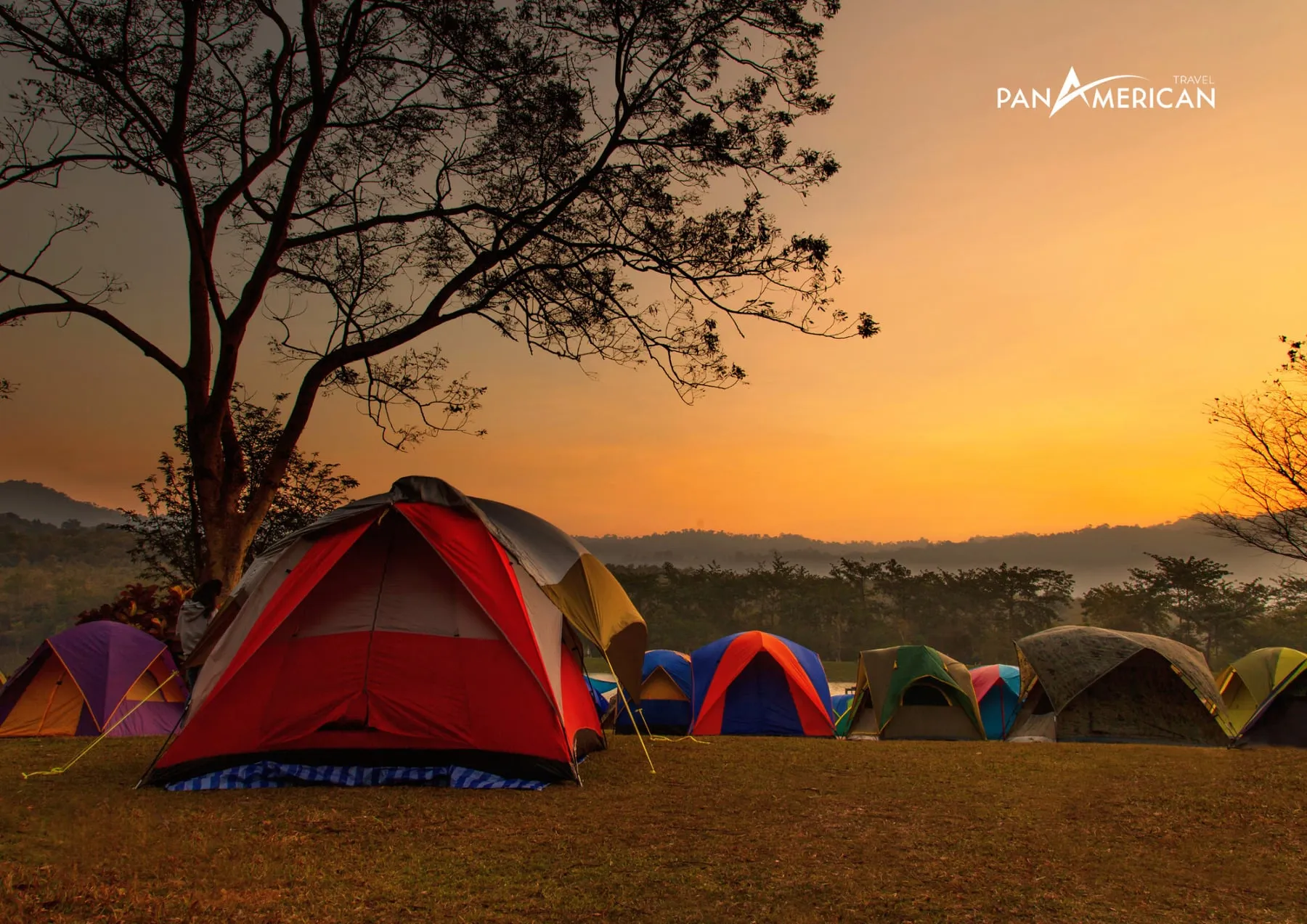Wyoming, a mountainous western state in the USA, is renowned for its pristine wilderness and vast national forests. It’s not only a dream destination for nature lovers but also a paradise for those passionate about wild camping. In particular, Yellowstone National Park, a gem largely situated within Wyoming, offers countless unique camping experiences, immersing you in magnificent nature. This article will guide you to explore the best wild camping spots in Wyoming, focusing on the Yellowstone area, helping you plan an unforgettable adventure.
Yellowstone National Park – A Wild Camping Paradise in Wyoming
Yellowstone National Park, one of the first national parks in the world, spans three states, but the majority lies within Wyoming. It’s not only famous for its spectacular geysers and colorful hot springs but also an ideal destination for those seeking an authentic wild camping experience. With hundreds of miles of trails through forests, mountains, and lake shores, Yellowstone provides endless opportunities to pitch your tent, build a campfire, and enjoy the tranquil nights amidst the wilderness.

Why Choose Wild Camping in Wyoming and Yellowstone?
Wild camping, also known as backcountry camping, offers a completely different experience compared to camping in designated campgrounds. In Wyoming, and especially Yellowstone, you’ll have the opportunity to:
- Immerse yourself in pristine nature: Escape the noise and bustle of urban life and immerse yourself in the tranquility of forests and mountains, listening to birdsong, the sound of streams, and enjoying the fresh air.
- Discover lesser-known spots: Wild camping allows you to access remote, less-traveled areas, exploring stunning landscapes that ordinary tourists rarely experience.
- Challenge yourself: Backcountry camping requires thorough preparation, survival skills, and the ability to adapt to the natural environment. This is an excellent opportunity to push your limits and discover hidden potentials.
- Deepen your connection with nature: By setting up your own tent, preparing meals, and facing challenges from nature, you’ll form a deeper connection with the surrounding environment, appreciating the beauty and wonder of the natural world even more.
Top Wild Camping Locations in Yellowstone, Wyoming
Yellowstone has many areas where wild camping is permitted, each offering unique beauty and experiences. Here are some suggested backcountry camping locations worth exploring in Yellowstone, Wyoming:
1. Yellowstone Lake Backcountry
Yellowstone Lake, the largest high-elevation lake in North America, is an ideal destination for backcountry camping. With its long shoreline, pristine beaches, and surrounding pine forests, this area offers diverse camping options. You can choose to camp near the shore for easy access to water and views of sunrise and sunset over the lake, or venture deeper into the forest for tranquility and privacy.
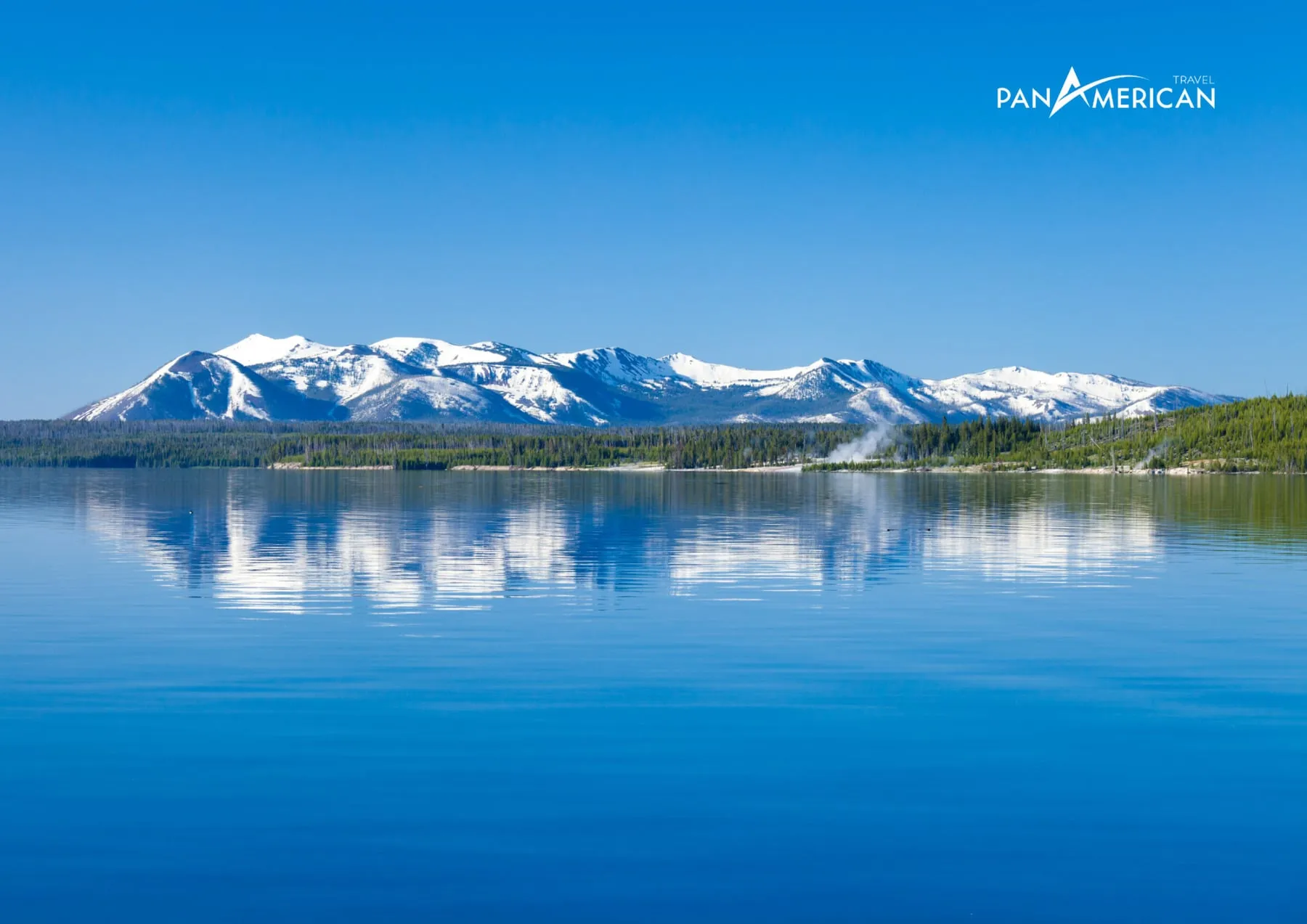
Activities:
- Kayaking/Canoeing: Explore the beauty of Yellowstone Lake from the water, accessing hidden coves and beaches.
- Fishing: Yellowstone Lake is famous for cutthroat trout.
- Hiking: Many trails lead into the backcountry area around the lake, exploring forests and small streams.
2. Hayden Valley Backcountry
Hayden Valley, located in the heart of Yellowstone, is renowned as a wildlife viewing hotspot. Backcountry camping here offers a fantastic opportunity to observe bison, elk, grizzly bears, and many other animals in their natural habitat. However, special attention to safety is needed when camping in areas with wildlife.
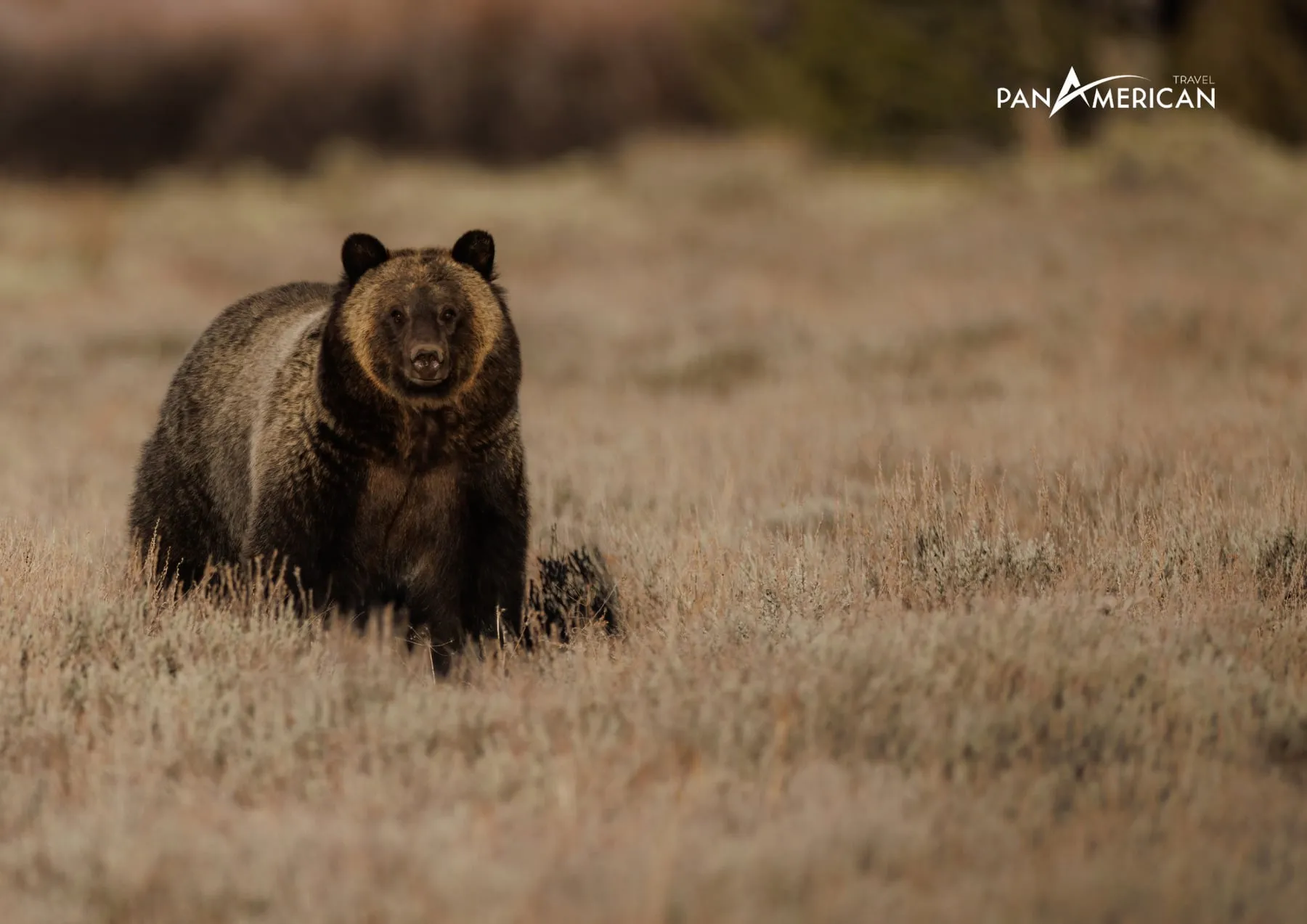
Activities:
- Wildlife Watching: Bring binoculars and cameras to capture memorable moments of wildlife observation.
- Hiking: Explore trails in the valley, enjoying vast meadow landscapes and riverside forests.
- Nature Photography: Hayden Valley is one of the most beautiful places in Yellowstone for landscape and wildlife photography.
3. Mammoth Hot Springs Backcountry
Mammoth Hot Springs is famous for its white travertine terraces formed by hot springs. The backcountry area around Mammoth Hot Springs offers unique camping experiences, combining geothermal exploration with mountain forest landscapes.
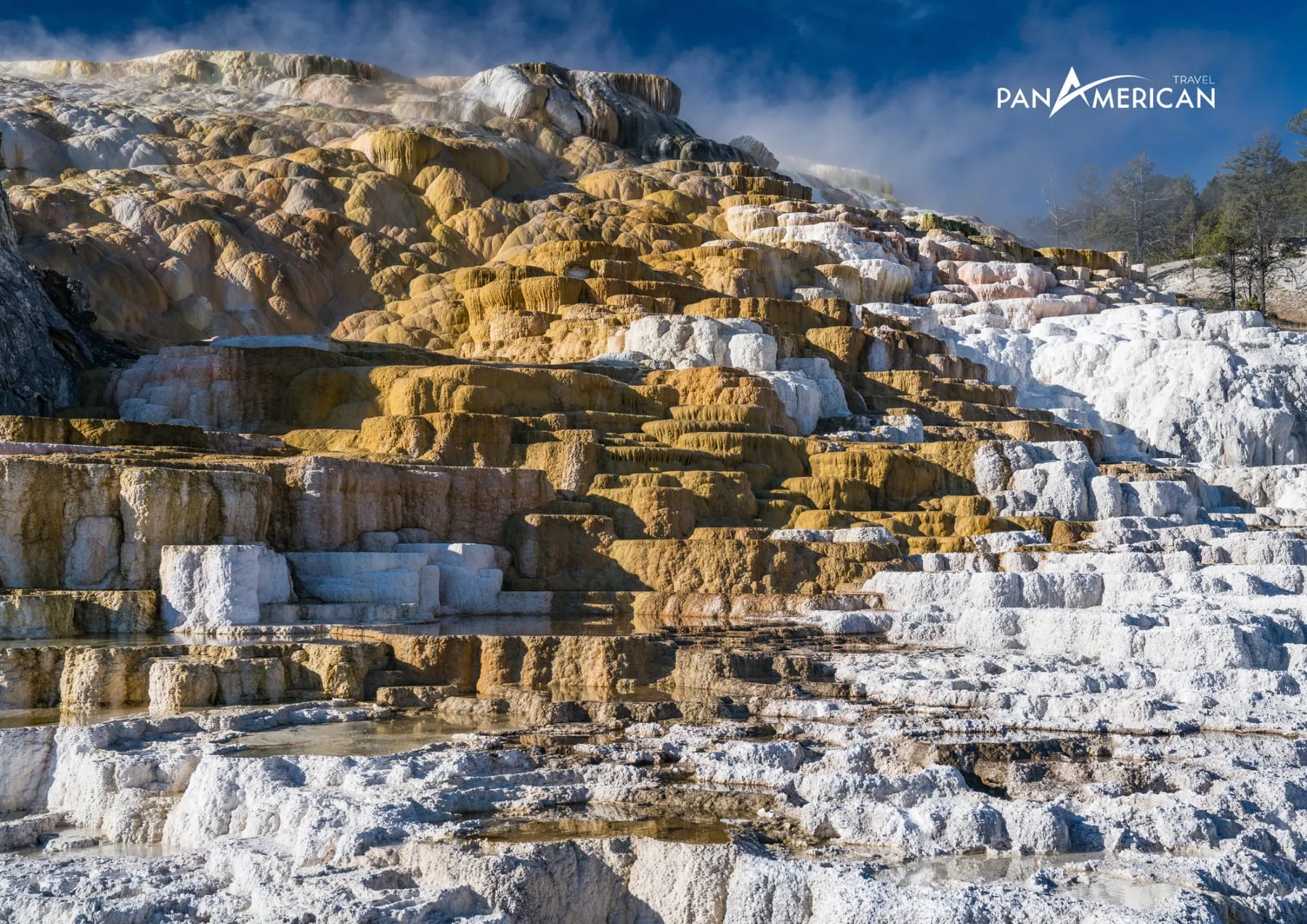
Activities:
- Visiting Mammoth Hot Springs: Walk on boardwalks to admire the travertine terraces and hot springs.
- Hiking: Explore trails leading up the mountains, enjoying panoramic views of the Mammoth Hot Springs area and surroundings.
- Sunset Viewing: Sunsets at Mammoth Hot Springs are often stunning, with the evening light painting the travertine terraces in gold.
4. Yellowstone Canyon Backcountry
Yellowstone Canyon, with its towering cliffs and majestic waterfalls, is one of Yellowstone’s outstanding natural wonders. Backcountry camping near the canyon offers the chance to admire the breathtaking beauty of America’s second Grand Canyon.
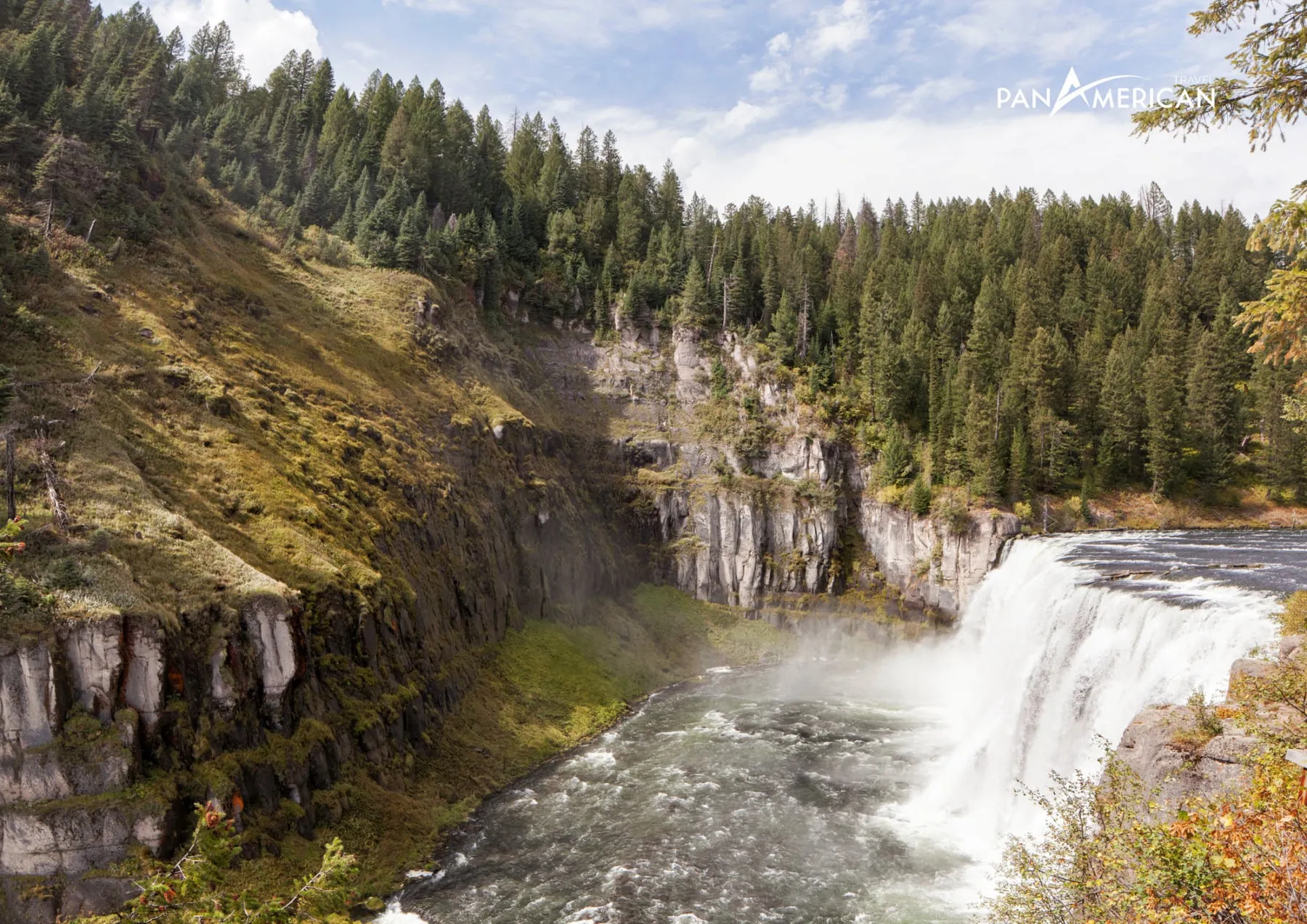
Activities:
- Waterfall Viewing: Admire the beauty of Upper Falls and Lower Falls from viewpoints along the canyon rim.
- Hiking: Explore trails along the canyon rim, viewing the canyon from various perspectives.
- Waterfall Photography: Yellowstone Canyon and its waterfalls are excellent subjects for impressive landscape photos.
Preparing for a Wild Camping Trip in Wyoming, Yellowstone
To have a safe and memorable wild camping trip in Wyoming, Yellowstone, you need to prepare thoroughly in all aspects:
1. Backcountry Permit
A backcountry permit is required for all overnight camping trips in Yellowstone’s backcountry. This permit helps control the number of campers, protect the environment, and ensure visitor safety. You can apply for a permit online before your trip or at Yellowstone visitor centers.
2. Specialized Camping Gear
- Camping Tent: Choose a tent with good weather resistance, suitable for the number of participants.
- Sleeping Bag: Choose a sleeping bag with a temperature rating appropriate for the expected weather conditions.
- Backpack: Choose a backpack with a suitable size to carry personal belongings and camping gear.
- Stove and Fuel: Use a portable gas stove or alcohol stove for cooking (campfires may be restricted in some areas).
- Flashlight/Headlamp: Essential for moving around and living at night.
- First Aid Kit: Always carry a basic first aid kit to handle emergencies.
- Map and Compass/GPS: For navigation and avoiding getting lost in the forest.
- Water Filter/Water Purification Tablets: Ensure a safe drinking water source.
- Multi-tool Knife: Useful for various purposes.
- Appropriate Clothing: Warm, waterproof, breathable clothing and comfortable hiking boots.
3. Necessary Skills and Knowledge
- Map Reading and Compass/GPS Use: Basic navigation skills are crucial for backcountry camping.
- Tent Setup and Takedown: Practice setting up your tent before the trip to save time and effort.
- Basic First Aid Skills: To be able to handle minor injuries or simple emergencies yourself.
- Wildlife Safety Knowledge: Know how to prevent and respond to encounters with wildlife.
- Basic Survival Skills: Know how to find water, food (in emergencies), and stay warm.
- National Park Regulations Compliance: Learn and comply with regulations regarding camping, campfires, littering, and environmental protection in Yellowstone.
Important Notes for Wild Camping in Wyoming, Yellowstone
- Unpredictable Weather: Weather in Yellowstone can change rapidly, especially in high mountain areas. Check the weather forecast before and during your trip, and prepare clothing and gear suitable for all weather conditions.
- Wildlife: Yellowstone is home to many dangerous wild animals such as bears, wolves, and bison. Always maintain a safe distance from animals, do not feed them, store food properly (use bear-resistant canisters if necessary), and carry bear spray for self-defense in emergencies.
- Water Sources: Water from streams and lakes in Yellowstone may not be safe to drink directly. Always filter or purify water before use.
- Altitude: Yellowstone is located at an average elevation of about 8,000 feet (2,400 meters) above sea level. If you are not used to high altitudes, allow time for your body to acclimatize before engaging in strenuous activities.
- Inform Loved Ones: Before going backcountry camping, inform family or friends about your itinerary and camping location.

Wild camping in Wyoming, especially in Yellowstone National Park, is a unique and memorable travel experience. With thorough preparation and an adventurous spirit, you’ll have the opportunity to explore the pristine, magnificent beauty of nature, challenge yourself, and create unforgettable memories. Plan your backcountry camping trip today and discover the majestic Wyoming!
